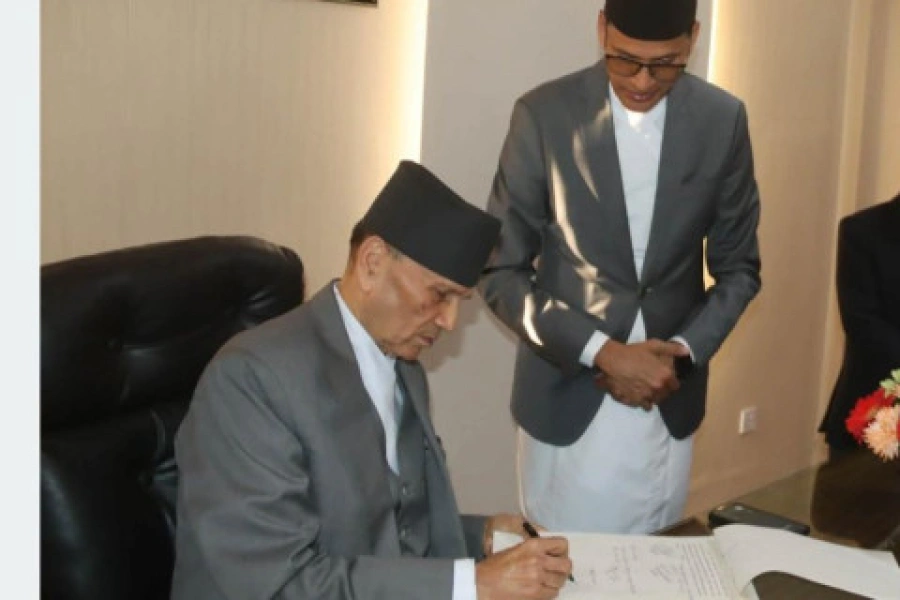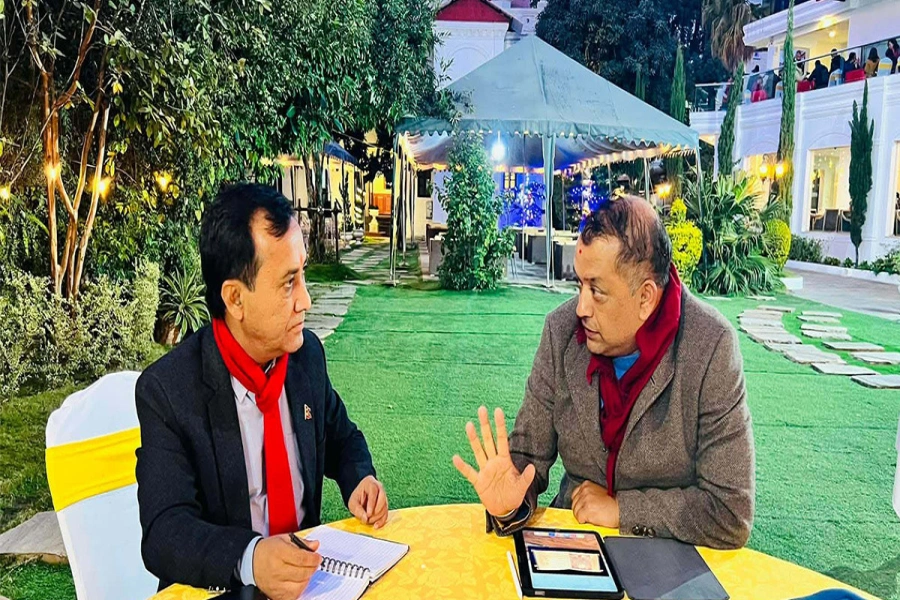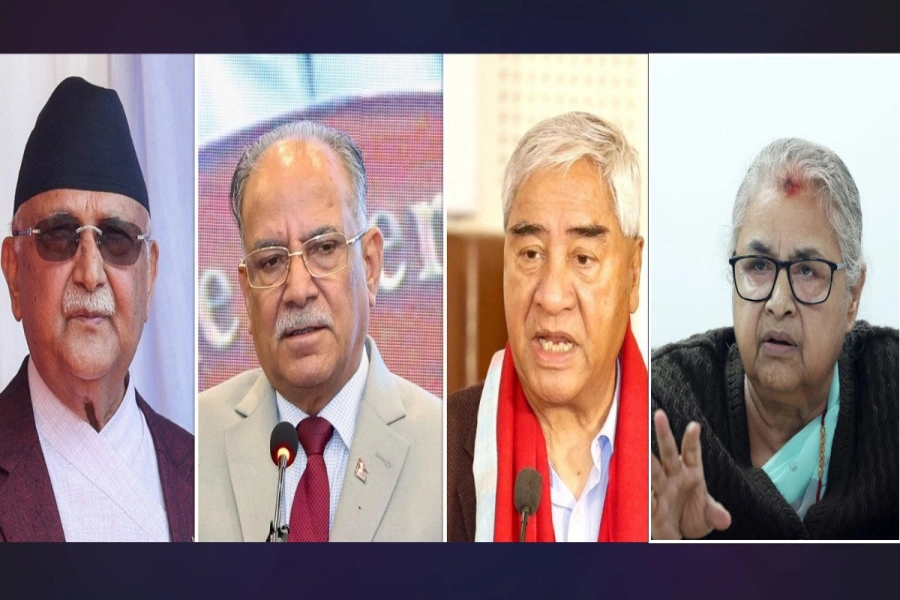KATHMANDU, March 22: Dhananjay Maharjan, who has been operating a clothes store in Kathmandu's New Road for a long time, used to have a daily business of Rs 100,000 to Rs 150,000 in the past years. He was earning a good income from his clothing store. However, at present his shop barely has a business of Rs 40,000 to Rs 50,000. “There is no money in the market. Customers have also stopped coming to the store," said Maharjan. When asked about the business, he said, "We should ask Nepal Rastra Bank, where has the money gone? Neither the customers come nor is the borrowed amount recovered.” According to Maharjan, the customers have not come because there is no money in the market and the due amount has not been raised as well.
Maharjan is not the only one wondering where the money has gone. This is the interest and concern of most industrialists, business people and traders. Not only industrialists and traders, but also those who lead the country's economy have been searching for an answer.
The then finance minister Janardan Sharma had said that he was searching for money that was missing from the market in a program of the Citizen Investment Trust. "I am looking for where the money has disappeared from the market," Sharma said, "It is not hidden anywhere under the pillow or under the bed. I am searching for it.” Sharma said this while he was the minister and it has been now months since he left the ministry. Meanwhile, industrialists and traders are complaining that there is no money in the market.
Stakeholders have said that there is a lack of money in the market due to lack of liquidity and contraction in lending. Economist Dr Bishwas Gauchan said that there is no money in the market due to the huge decline in lending. "For years, loan disbursement was at a rate of 20 percent," he said, "This year, new loan expansion is only about four percent. This is the reason why there is no money in the market.” As Nepal is an import-dependent economy, foreign currency goes abroad and there is a problem with the lack of new loans in the country.
Money and life

A low flow of money in the market has led to a slowdown in the economy. Capital has not been created. Production and consumption have not increased. Public services have not been expanded. This has resulted in a shortage of money in the market. Similarly, money has not returned from the place of investment. As there is no money in the market, the consumption of goods and services has also decreased. Due to the rise in the price of goods, the purchasing power of consumers has also decreased.
At first, many people invested in shares and real estate when loans were provided cheaply. After receiving returns from it, consumption increased as spending capacity increased. This led to an increase in imports. As imports increased, foreign exchange reserves declined. However, at present, due to non-payment of loans, real estate business has slowed down, and the stock market has also fallen. Loans taken from banks, microfinance, cooperatives are stuck in real estate and shares. Due to this, consumption has decreased as income has decreased. As consumption has decreased, production has decreased too. Traders have not been able to pay their bank loans, interest and installments as they have not been able to raise money from the market. Thus, the economy as a whole is affected.
According to Nepal Rastra Bank (NRB), 503.99 billion rupees in loans were provided by banks and financial institutions till mid-February of the last fiscal year, but only 148.12 billion rupees were transferred to the private sector till mid-February of the current year 2022-23.
According to the officials of NRB, the lack of money in the market is due to the slowness in loan disbursement, the stagnation of money invested in real estate business, and the loss of 255 billion rupees last year. Head of Economic Research Department of NRB, Dr Prakash Kumar Shrestha said, "The money has gone out of the country due to imports while other capital is stuck in real estate business. There is also a shortage in credit flow. Due to these various reasons, money has decreased in the market.”
Dr Shrestha said that although the banks have the ability to lend, they are currently in a wait and watch situation. “People who want to take loans are also in a wait and watch situation. They are not ready to take loans as the risk has increased due to high interest rates,” he said. Despite the improvement in deposits, there are still problems in the economy. Even though the government is unable to spend, the money is not coming to the market. Shrestha said that in October 2021, the circulation in the market was 727 billion rupees, but now it is only 600 billion rupees.
"As there is no circulation of money in the market for various reasons, there may be a question as to where the money has gone," he said.
Likewise, Dr Shrestha said that it is natural that the money will also decrease when the demand in the market decreases. “There is a decrease in foreign aid and investment. The government has not been able to spend and is operating at a loss. There has been news that the government has not been able to pay 60 billion rupees to the builders," said Shrestha, "It is not that the money has halted. There is a shortage because the economic activity has not increased.”
Meanwhile, stakeholders suggest that the government should adopt a policy to improve the import-based economy and make it independent. "The time has come for the government to reform structurally. An economy dependent on imports should be transformed into a self-sufficient one," said Dr Shrestha.






































